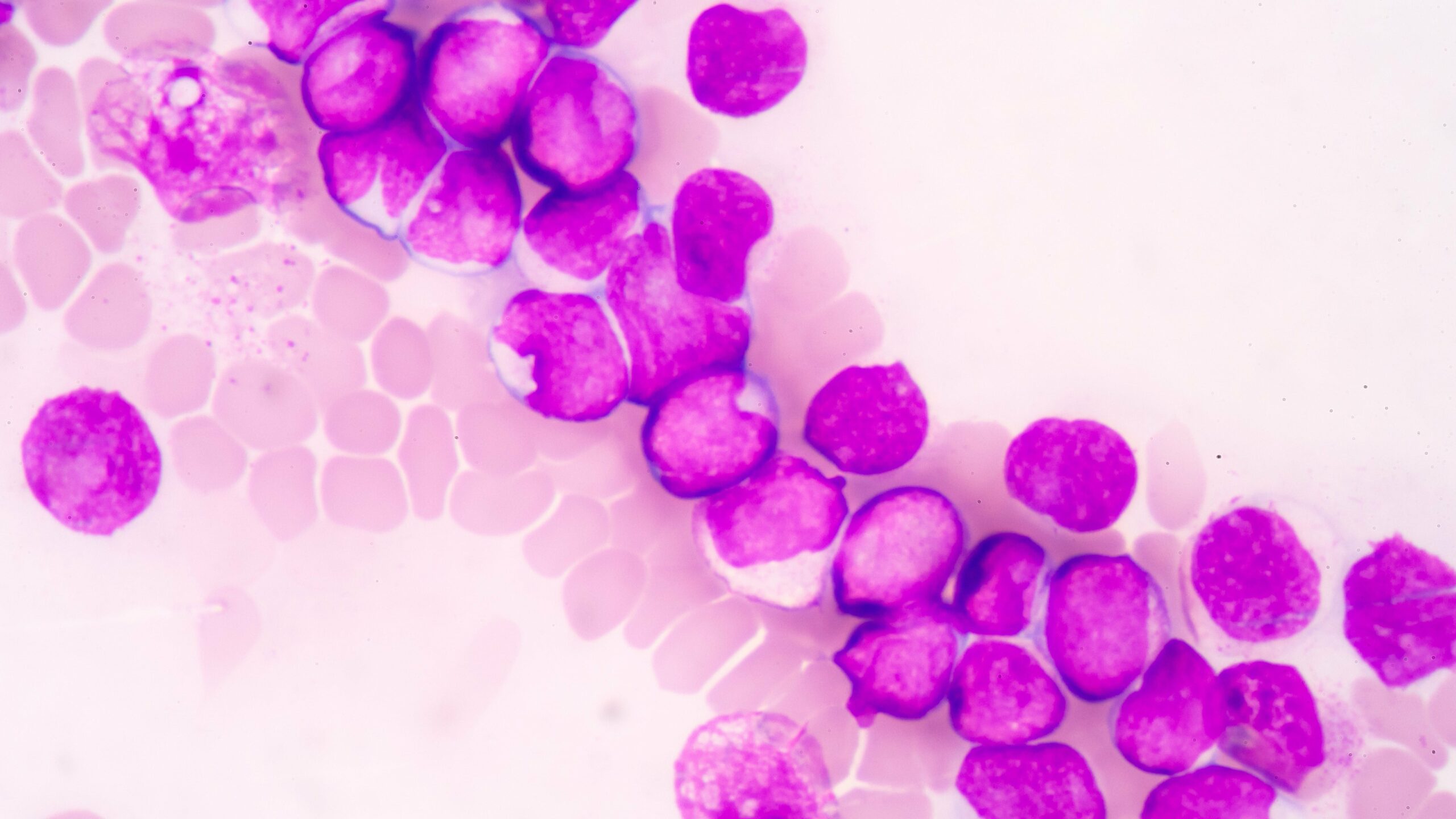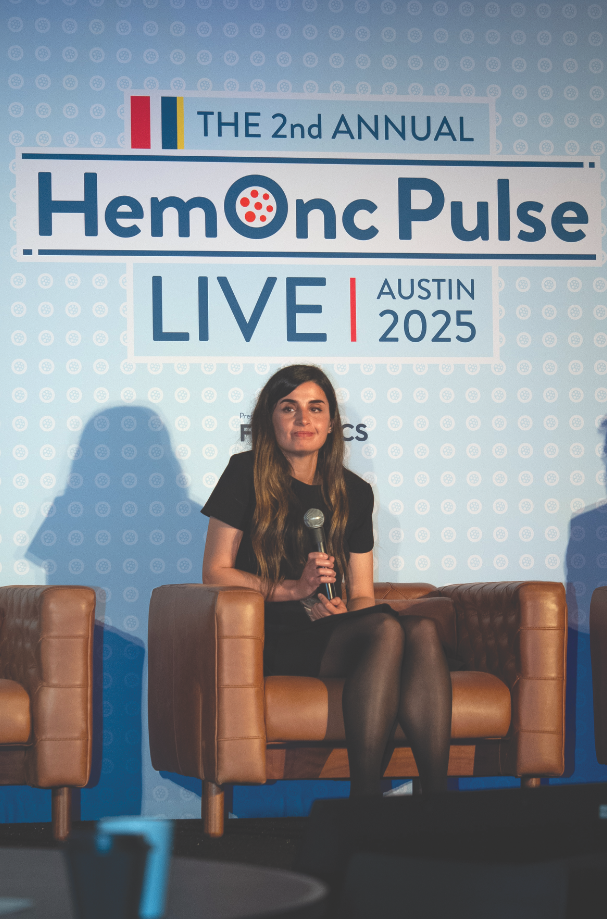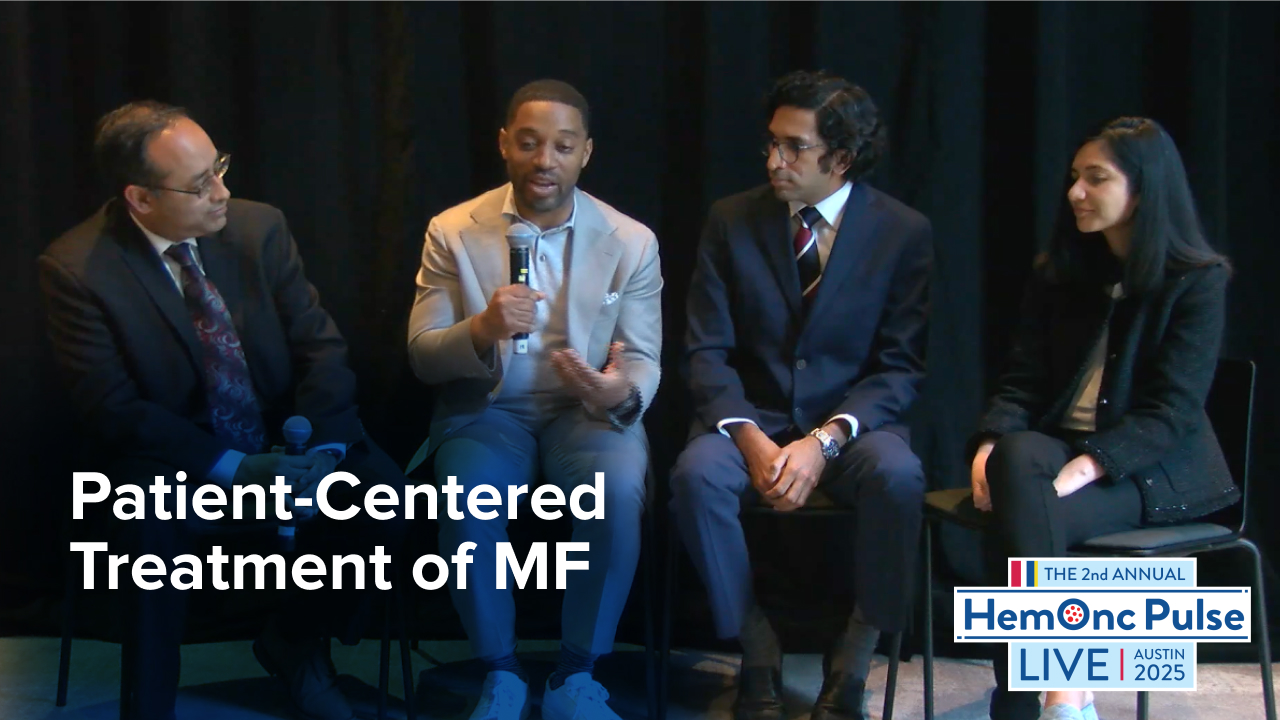
Combined with the exporter-1 inhibitor, selinexor, ruxolitinib reduces spleen volume and reduces symptoms for participants with myelofibrosis (MF) who did not respond well to Janus kinase (JAK) inhibitors, as shown by interim results from a phase 2 trial. Selinexor was well tolerated, and further studies are investigating its efficacy in other MF settings.
Ruxolitinib is the standard-of-care treatment for patients with MF; however, limited options exist for patients who respond poorly to this JAK inhibitor. Preclinical and phase 1 data indicated that monotherapy with selinexor reduces spleen volume, improves symptoms, and increases hemoglobin levels. Dr. Minghui Duan, Peking Union Medical College Hospital, Beijing, China, presented the results of the ongoing, prospective, open-label, phase 2 clinical trial (NCT03627403) investigating the safety and efficacy of selinexor in combination with ruxolitinib.1
The multicenter study enrolled 38 participants at multiple sites who received weekly doses of selinexor of either 40 or 60 mg combined with ruxolitinib (dosage per investigator’s choice). One participant received only 20 mg of selinexor. The primary endpoint was spleen response by palpation or by computed tomography scan or magnetic resonance imaging per International Working Group-Myeloproliferative Neoplasms Research and Treatment and European LeukemiaNet response criteria. The secondary endpoints included anemia and symptom response, total spleen volume reduction of ≥50%, and safety.
Of 25 analyzable participants, 88% had reductions in spleen length, with 36% achieving a spleen response. Symptoms were reduced in 86.67% of participants, and 40.91% achieved a total symptom score reduction of ≥50%. Finally, anemia improvements were observed, with four of nine participants becoming transfusion independent.
Nausea, vomiting, and decreased appetite were the most common adverse events (AEs); however, only 2.6% of participants presented with grade 3 or 4 AEs. Among hematologic AEs, anemia (36.8%) and thrombocytopenia (15.7%) were the most common, with 18.4% and 5.3% of participants having grade 3 or 4 AEs, respectively. The median duration of treatment was 151 days, and 18 participants discontinued treatment.
Overall, selinexor combined with ruxolitinib showed promising safety and efficacy results. In comparison with its use as a monotherapy, “the combination therapy of selinexor with ruxolitinib may achieve similar therapeutic effects without the need for higher doses,” concluded Dr. Duan. This trial is ongoing, and a follow-up phase 3 placebo-controlled trial (NCT04562389) has been initiated, investigating the efficacy of selinexor with ruxolitinib in JAK-naive patients.
Reference
- Duan M, Ma L, Wu Q, et al. The efficacy and safety of selinexor in combination with ruxolitinib in ruxolitinib-treated myelofibrosis patients: the interim analysis of a prospective, open-label, multicenter, parallel-cohort, phase 2 study. Abstract #1002. Presented at the American Society of Hematology Annual Meeting; December 7-10, 2024; San Diego, California.






 © 2025 Mashup Media, LLC, a Formedics Property. All Rights Reserved.
© 2025 Mashup Media, LLC, a Formedics Property. All Rights Reserved.